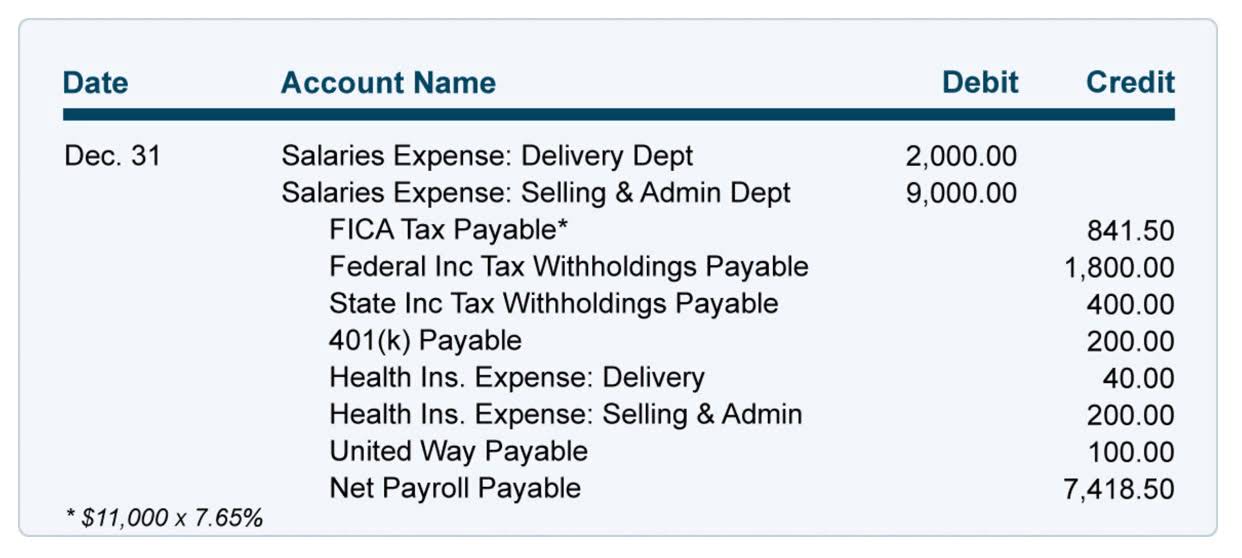
Therefore, many choices involve an opportunity cost – having to make choices between the two. Sunk costs should be irrelevant for future decision making, while opportunity costs are crucial because they reflect missed opportunities. That’s not to say that your past decisions have no effect on your future decisions, of course.
We maintain a firewall between our advertisers and our editorial team. Our editorial team does not receive direct compensation from our advertisers. The offers that appear on this site are from companies that compensate us.
Example of Actual Opportunity Cost
Costs play a very significant role in managerial decisions involving a selection between alternative courses of action. It helps in specifying various alternatives in terms of their quantitative values. The kind of cost to be used in a particular situation depends upon the business decisions to be made. Some factors may be reluctant to leave their occupations and in such cases opportunity costs do not arise at all.
Thus, the opportunity cost for conservative investors would be $10,874,” Johnson says. Ultimately, Tiller says, “considering the opportunity cost will help show the most profitable option to invest in, making the decision-making process easier for you.” Opportunity costs matter to investors because they are constantly selecting the best option among investments. On the other hand, “implicit costs may or may not have been incurred by forgoing a specific action,” says Castaneda.
How To Calculate Opportunity Cost
6) Practice Makes Perfect- It is important to practice the calculation because there are a number of different ways to calculate opportunity cost. There are online calculators that you can use or even practice problems to help you better understand the concept. 5) Avoid Cramming- When it comes to studying, especially for something like opportunity cost where there are a number of complex terms. It is best to make sure that you write them down and understand the concept fully before moving on.
- Opportunity cost is the comparison of one economic choice to the next best choice.
- Inversely, the opportunity cost of the 8 percent return is the 10 percent return.
- As a supplier the individual adjusts his sales to insure that anticipated opportunities forgone, marginal opportunity cost, equals price.
- In contrast, opportunity cost focuses on the potential for lower returns from a chosen investment compared to a different investment that was not chosen.
- You can also use online calculators or even practice problems to help you out.
In investing, the concept helps show the cost of an investment choice by showing the trade-offs for making that choice. Opportunity cost can be applied to any situation where you need to make a choice between two or more alternatives. The consideration of opportunity cost remains an important aspect of decision making, but it isn’t accurate until the choice has been made and you can look back to compare how the two investments performed. Here is the way to calculate opportunity cost, along with some ways it can be used to inform your investment decisions and more. Financial analysts use financial modeling to evaluate the opportunity cost of alternative investments.
What does an Opportunity Cost Calculation mean?
In simple words, it can be said as the value that is lost when a business is choosing between two or more alternatives. From an investor perspective, opportunity cost will always mean that the investment choices made will be carrying immediate loss or gain in the future. Opportunity cost is often overshadowed by what are known as sunk costs. A sunk cost is a cost you have paid already and cannot be recovered.
Sometimes people are very happy holding on to the naive view that something is free. Thinking about foregone opportunities, the choices we didn’t make, can lead to regret. Opportunity cost refers to what you have to give up to buy what you want in terms of other goods or services. When economists use the word “cost,” we usually mean opportunity cost. The basic formula for opportunity cost is the same in academic economics as it is in everyday use—it’s just expressed differently. “FARC had a lot of control over the forests, and it prevented a lot of economic development” said Guerrero-Pineda.
